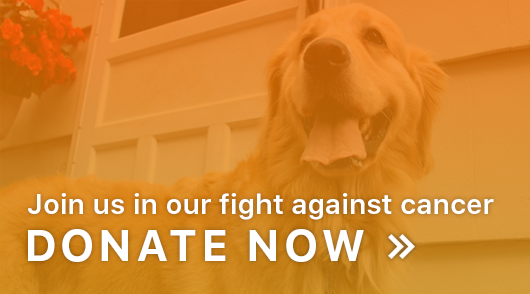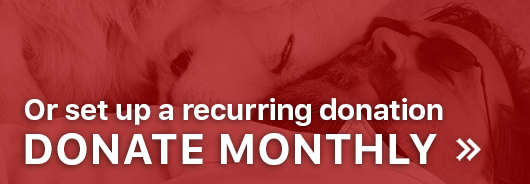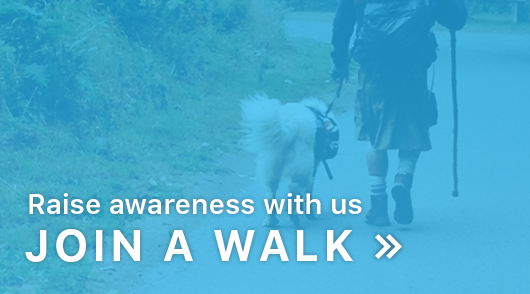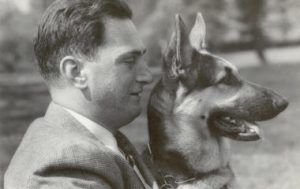
Morris Frank and his guide dogs Buddy.
“Buddy delivered to me the divine gift of freedom,” said Morris Frank (1908-1980), the first American to benefit from a Seeing Eye dog.
From Michelson Found Animals Adopt & Shop
The First Seeing Eye Dog
Written by Jesse M.
Dogs have been lending a helping paw to man for centuries; however, there was not a demand for “seeing eye dogs” until after World War I. During the war, many men were blinded from combat and needed assistance once they returned home. To help these veterans, a formal school and training program for guide dogs (using only German Shepherds) began in Germany. Unfortunately, the program was short lived.
Luckily though, a dog trainer from Philadelphia named Dorothy Harrison Eustis was living in Switzerland and heard of the program in Germany. She wrote an article about the Guide school for The Saturday Evening post called The Seeing Eye, it was published in 1927.
Across the pond in Nashville, Tennessee, a blind man named Morris Frank read her article. Morris wrote to Dorothy asking if he could to come to Switzerland to train and receive a guide dog of his own. He promised that if he received a dog, he would return home and teach others.
Dorothy accepted his request and Morris traveled to Switzerland to receive his training. He returned home with a female German Shepherd named Buddy. Buddy was the first Guide dog in America and Morris the first man in America to partner with a seeing-eye dog.
Morris kept his promise and founded a guide school on January 29, 1929 in Nashville. Dorothy donated $10,000 to help him get started and Morris named the school The Seeing Eye, which was the title of the fateful article written by Dorothy. In 1931, the school moved to New Jersey where it still operates today.
Guide dogs begin their training as puppies and finish their education with their new partners by the time they are one and a half years old. As the guide dog team graduates they are prepared to safely travel in public.
A guide dog will notify their handler when there are changes in elevation, and help them avoid any obstacles. The guide dog follows the handler’s instructions only if it is safe to do so to keep the guide team out of harm’s way. A regular trained dog would cross the street if instructed to even if there was oncoming traffic. A guide dog would only cross the street if there was no oncoming traffic or any other dangerous obstacles.
Guide dogs help their handlers find certain places like an exit to a room, or a store in the mall. Guide dogs also help their handlers with other common tasks like retrieving dropped objects or other wanted objects like the mail.
Not surprisingly, handlers trust their dogs with their lives and often feel as if they’ve been given a new lease on life. A guide dog provides another set of eyes to help them independently navigate the world.
Although handlers know how a service dog should be treated when they are “working,” some of the general public might not. As tempting as it may be, when you encounter a service dog you have to pretend he or she is not there. This may sound easy but there is a certain allure when you see a dog, in uniform, in a place that does not ordinarily allow dogs. For a dog lover, we naturally want to go and be a part of it.
Just remember that distracting the guide dog can prevent the dog from performing their important tasks. If you would like to know more about the dog, you can politely approach the handler and give them all of your attention.
Here’s a video of Seeing Eye Co-Founder, Morris Frank in his own words.
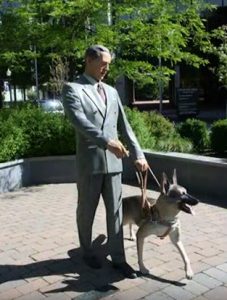
A statue dedicated to Buddy and Frank Morris, by John Seward Johnson II is in Morristown, New Jersey.

